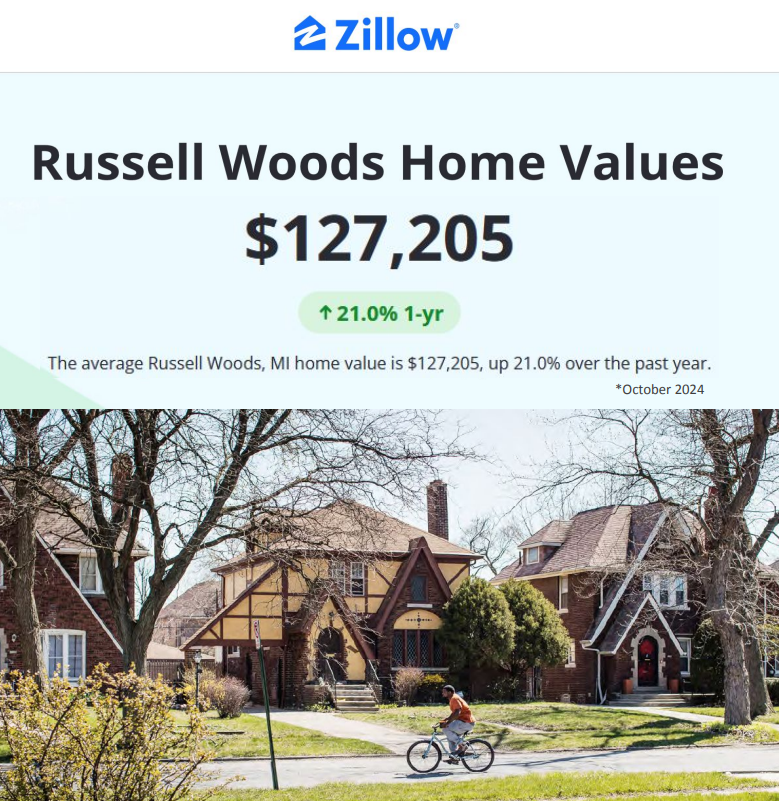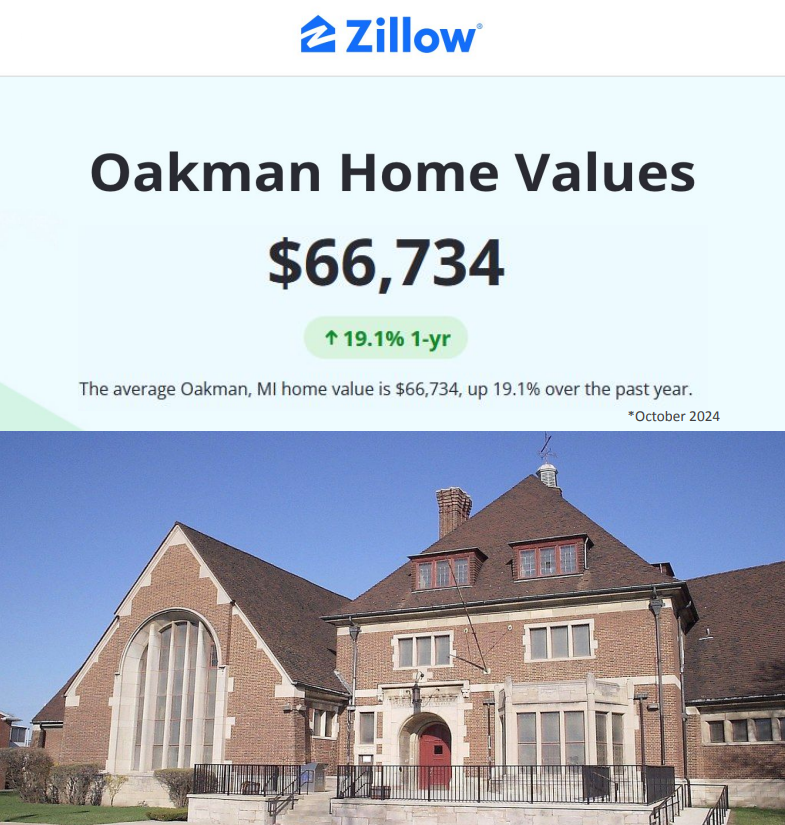Historic Districts
Detroit’s near-west side is home to rich architectural history and vibrant communities that have shaped the city’s identity for generations.
Neighborhood Overview - Russell Woods-Sullivan
The Russell Woods-Sullivan historic district was established in the
early 20th century and features a mix of architectural styles, including
Colonial Revival, Tudor Revival, Mediterranean Revival, and
Mid-Century Modern. The neighborhood has been home to prominent
Motown artists as well as African American professionals, including
doctors, lawyers, and business owners. Today, the district is listed on
the National Register of Historic Places and is part of a larger effort to
preserve Detroit’s rich architectural and cultural heritage.
Platted in 1925, Russell Woods has always prided itself on diversity. The
neighborhood rejected discriminatory covenants in the early part of the
20th-century, becoming a haven for the Detroit’s Jewish community.
In the latter half of the 20th-century, middle-class black families
migrated into Russell Woods, attracted by its stately homes and
egalitarian housing policies, bringing with them the neighborhood’s
strong association with Motown and the struggle for civil rights.


Neighborhood Overview - Oakman Blvd Community
The Oakman Blvd Community is named after Robert Oakman, a
prominent businessman and developer who played a significant role
in the growth and development of Detroit during the early 20th
century. Oakman Boulevard, which runs through the heart of the
community, features a mix of architectural styles, including Colonial
Revival, Early English, and Tudor Revival. The neighborhood has
been home to many of Detroit’s leading citizens and continues to be
a vibrant and active community today, with a strong sense of civic
pride and commitment to preserving its rich history and heritage.
